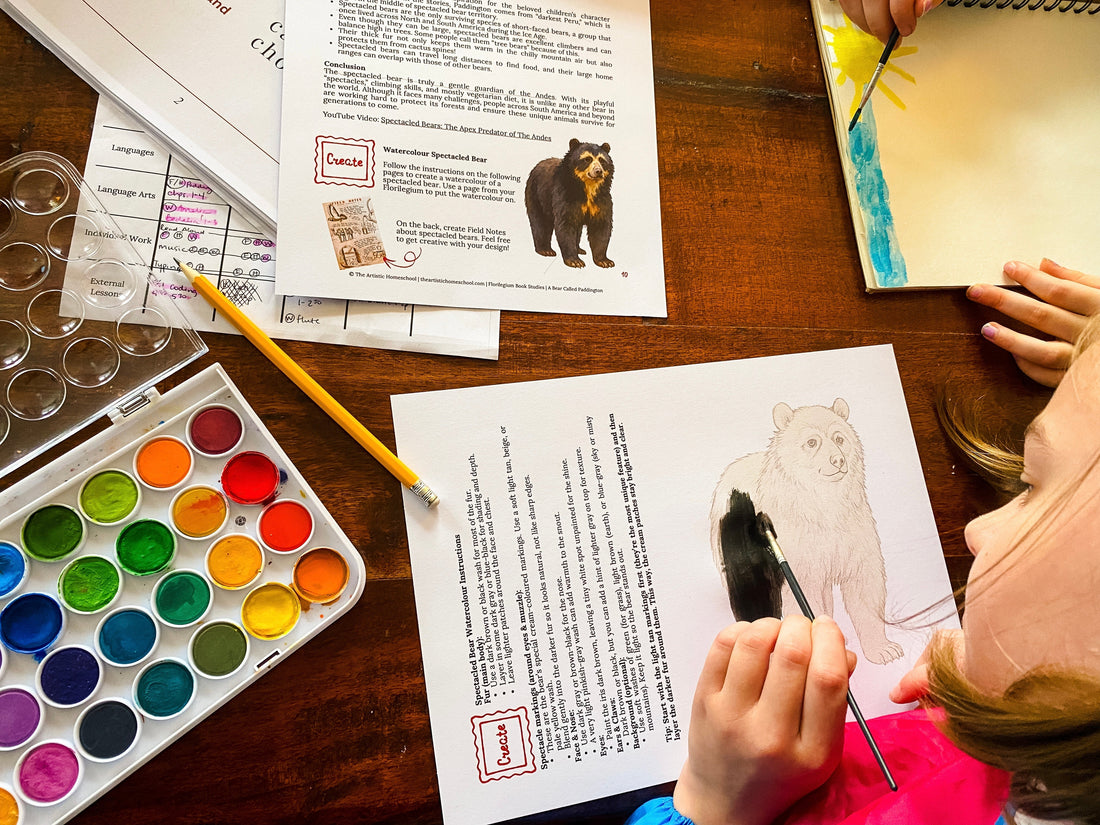Why Creativity Matters in Homeschooling
I’ll never forget the day I decided to let go of the rigid schedule I’d been holding onto, convinced that structure and control were the keys to successful homeschooling. We had been working through worksheets for weeks, but something felt off. The spark of enthusiasm that usually lit up my children’s faces had dimmed. Then, one afternoon, I placed a blank canvas in front of my children, handed them some paints, and invited them to create whatever came to mind. The room was suddenly filled with colour, laughter, and questions like, 'Can we use this colour for heaven?' and 'What does God look like when He’s painting?' It was in that moment I realised—creativity wasn’t just a side note to education. It was the heart of it. When I gave my children space to create, they not only discovered something about art but something profound about the world and their place in it.
Why Creativity Matters in Homeschooling
In our busy homeschooling schedules, it’s easy to focus on getting through the subjects—math, science, history—checking the boxes, and feeling like we’re doing a good job. But there’s something missing when we forget about the role creativity plays in learning. It’s not just an extracurricular activity or a fun addition to a subject; creativity is essential for deep, meaningful learning.
When we make room for creativity in our homeschooling, we invite our children to explore, question, and discover—not just through books and tests, but through their own hands, hearts, and minds. Creativity brings a sense of joy to learning that transcends rote memorisation. It taps into a child’s natural curiosity and desire to explore the world around them, which leads to a more engaged, joyful, and holistic education.
The Role of Creativity in the Learning Process
- Creativity and Problem-Solving
- Creativity allows children to think critically and solve problems in unique ways. Instead of simply memorizing answers, they learn how to approach a question from different angles, see challenges as opportunities, and invent new solutions. This skill is invaluable in every area of life, from academics to relationships to spiritual growth.
Example: When we let children draw their way through a math problem or use art to illustrate historical events, they’re learning to engage with information in a way that’s both interactive and imaginative.
- Creativity and Emotional Development
- Homeschooling often involves intimate, family-centered learning, and creativity provides children with a powerful outlet for expressing emotions. Whether it’s through painting, writing, or acting, art helps children process their thoughts and feelings in healthy ways, fostering emotional intelligence and resilience.
Example: My child, frustrated with a difficult subject, picked up some clay and began to form a sculpture of a heart. What started as an attempt to avoid the lesson turned into a cathartic release. Later, we talked about how the shape of the heart could represent both love and challenges, a simple yet profound lesson in emotional expression.
- Creativity and Faith
- For Catholic homeschoolers, creativity is more than just an educational tool—it’s a spiritual practice. We believe in the Creator God, and when we embrace creativity in our homeschooling, we allow our children to reflect that divine creativity. Whether through religious art projects, sacred music, or storytelling, creative activities allow children to connect with God in new ways and express their faith through their own creations.
Example: Creating a mural of the Stations of the Cross not only teaches children about Jesus’ Passion, but it also opens up a space for them to reflect on and visualize the story, making the experience deeply personal and meaningful.
The Spiritual Dimension of Creativity
In the Catholic faith, we are called to be co-creators with God. We recognize that God created the world and continues to work through us, and this concept of creativity has profound implications for our approach to homeschooling.
By integrating creativity into our homeschool, we’re not just teaching academic subjects; we’re helping our children connect to the divine Creator. Whether it’s through crafting a prayer journal, painting a scene from the Bible, or performing a skit about a saint’s life, creative activities allow children to encounter the beauty of God’s world and reflect on the faith in new, tangible ways.

